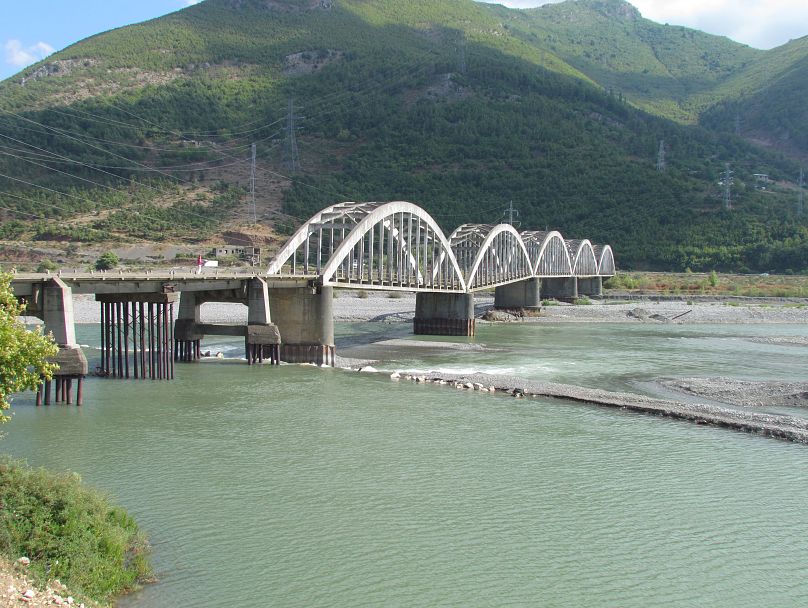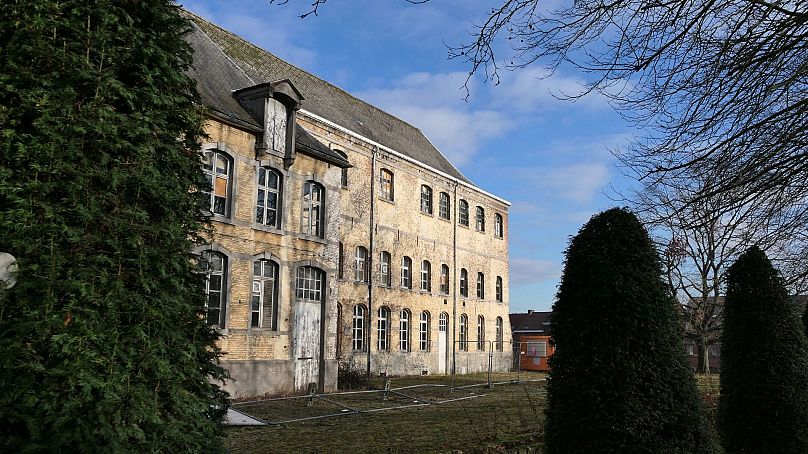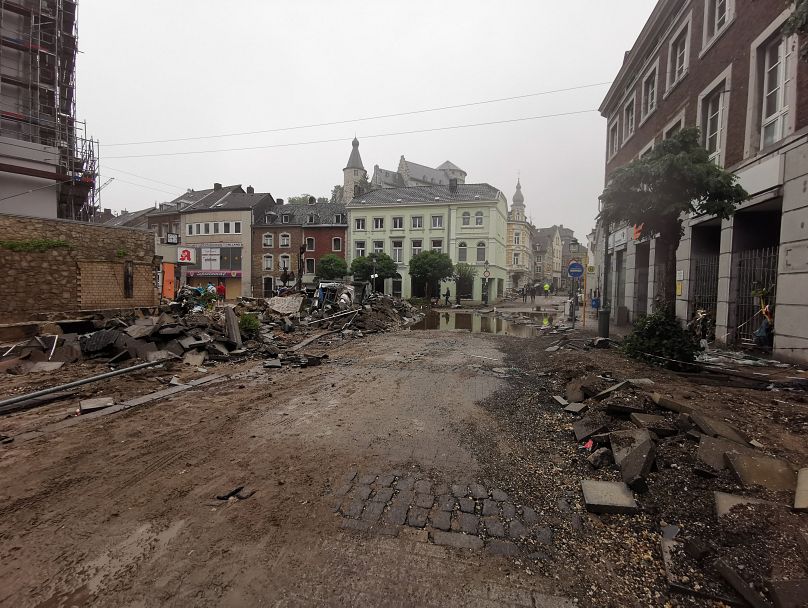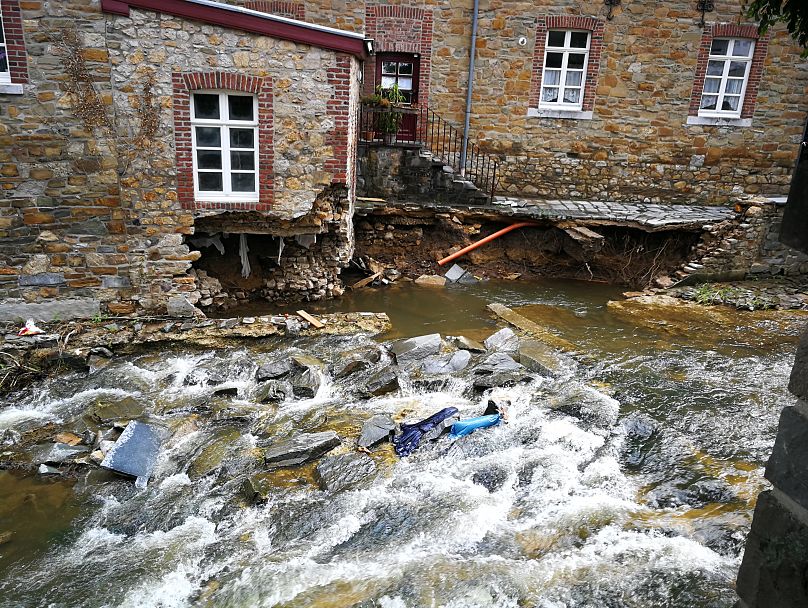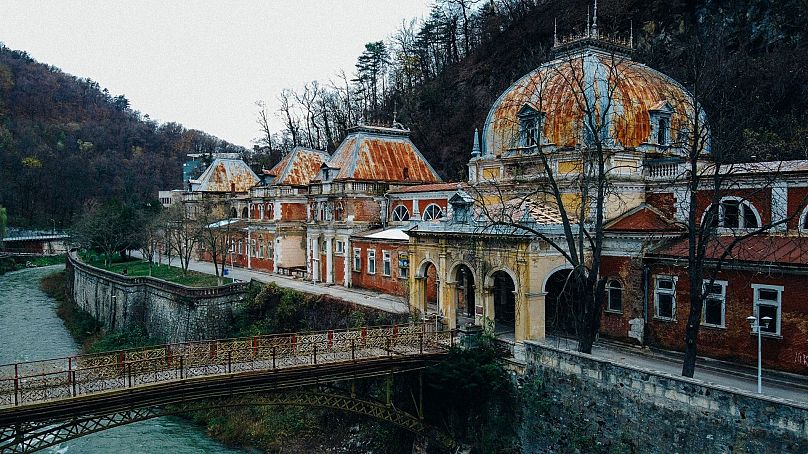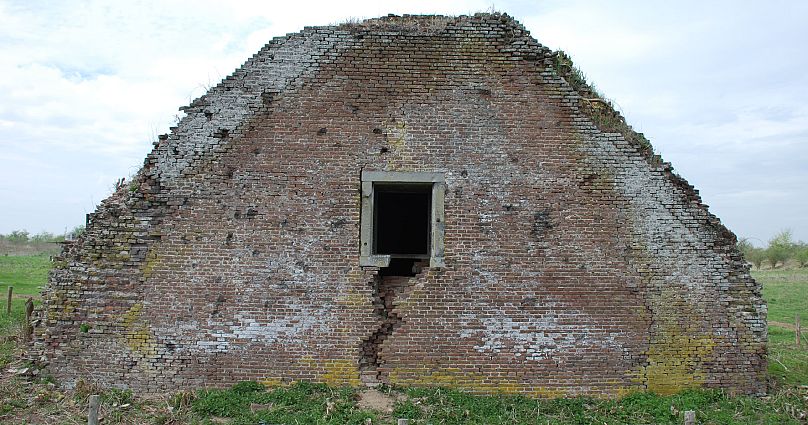A committee has announced the seven most endangered heritage sites in Europe in an attempt to raise awareness of the potential loss to European culture.
April 18 marks the International Day for Monuments and Sites.
Adopted officially by UNESCO during its 22nd General Conference in 1982, this day is used every year to spark activities and awareness of Heritage worldwide.
Last year’s theme “Complex Pasts: Diverse Futures” has been superseded in 2022 by the theme: Heritage and Climate.
The International Council of Monuments and Sites (ICOMOS) takes part in the protection of Heritage, and the promotion of the International Day.
Seven of Europe’s treasured heritage sites are endangered, according to a committee of European Heritage.
The seven most endangered monuments and heritage sites in Europe 2022 were announced by representatives of Europa Nostra, a federation for cultural heritage and the European Investment Bank Institute.
In March, Europa Nostra launched a crowdfunding campaign to support the defenders of Ukraine’s endangered heritage.
As Russia wages war on Ukraine, additional casualties of the invasion will be the country’s beautiful heritage, such as the capital Kyiv, a UNESCO World Heritage Site.
Now the committee has announced the most endangered sites in Europe outside of Ukraine, and the picture for them is also pretty bleak.
“These sites are threatened by neglect, planned demolition, unsuitable development, the devastating impact of natural disasters or lack of funding,” Prof. Dr. Hermann Parzinger, executive president of Europa Nostra said.
“By publishing this list, we wish to send a strong message of solidarity and support to the local communities and heritage activists who are mobilised to save these endangered sites.”
“Europe’s cultural heritage must be preserved not only as a testimony of our shared past, memory and identity, but also as a catalyst for sustainable development, social cohesion and much-needed peaceful co-existence,” he concluded.
Zogu Bridge, Albania
A stark piece of infrastructure that carves up the landscape of the Mat River in Northern Albania. The Zogu Bridge was ahead of its time when it was built in 1927 with its impressive length and those steel arches.
But despite its impressiveness - so much so that Albania declared it a Cultural Monument of the first category - the bridge has fallen into disrepair. The construction of two other bridges further along the river has led to the Zogu going unused and as a result hasn’t been maintained properly.
Tourists still regularly visit the bridge, but it’s at risk of collapse as one of the columns is on the edge of destruction.
Récollets Convent, Belgium
In the city of Nivelles, just south of Brussels is the Récollets Convent. Built way back in 1524, it is the only completely preserved example of Franciscan architecture in Belgium. The Convent is a peaceful spot where your thoughts are prone to wander the hallways alongside the long history of the place.
While the Gothic church part of the convent was restored in 1970 and is in good condition, the rest of the complex is now falling apart. The greatest fear for the convent comes from the threat of a real estate developer that bought a large part of the complex in 2017. A new project supported by local authorities could reduce the historic site to just a shiny set of apartments.
Garden City La Butte Rouge, France
South of Paris is the incredible Garden City La Butte Rouge. Part of a project that took place between 1931 and 1965, architects and gardeners worked together to create a new concept of social housing. 4,000 apartments share a 70 hectare green space that is inspired by Modern, Art Déco and Bauhaus schools of aesthetics.
Revolutionary in its day, the concept was to create social housing that was in touch with nature and art. But the local authority of Châtenay-Malabry wants to demolish the city. Around 85 per cent of the buildings are at risk of demolition which will not only see the end of a stunning piece of historical architecture but also displace the thousands of residents living inside.
Historic Centre of Stolberg, Germany
Quaint doesn’t capture it. Stolberg is one of those little German towns that instantly transport you back to the country’s industrious past. With one of Germany’s only historic centre high streets that survived World War II, it is a rare gem of the area.
Until the deadly floods of summer 2021. When torrents of water came through from the overwhelmed Vicht river, 266 buildings of Stolberg’s 752 were affected. The climate disaster-riven town urgently needs help to be built back and future-proofed.
Neptune Baths, Romania
Romania’s thermal spas are one of the biggest draws to anyone looking to spend some time in lavish pampering comfort. Tucked away between a mountain gorge and the river Cema is Băile Herculane, a thermal town that dates back to 153 AD.
Băile Herculane has been around to see the changing hands of history from its Roman founders to the current Romanian era. The current baths were constructed in 1883 and they were the most modern spas in Europe at the time, inviting guests including the royal Habsburg family and the Emperor and Empress of Austria.
The resort has been abandoned since the fall of communism in 1989 and in 2019 two walls and a roof collapsed with another wall collapsing in 2021. It is in urgent need of care before it totally falls apart.
Orléans-Borbón Palace, Spain
The one-time summer residence of the family of the Dukes of Montpensier, the Orléans-Borbón Palace near Cádiz is a mid-19th century conglomeration of expressive styles including Neo-Moorish, Neo-Arab architecture and a Romantic-influenced garden.
The family had to leave in a rush in 1955 when they went into exile. Since then, the property has slowly been dilapidated. Last renovated in the 90s, despite its ownership by the municipality, there has been no rush to restore or repair the once decadent location.
Crèvecoeur Fortress, The Netherlands
In Den Bosch is a piece of history from the beginning of the newly found country of the Netherlands. Built in 1587, the Crèvecoeur Fortress was a military stronghold for the Dutch during the 1629 siege of ‘s-Hertogenbosch during the war with the Spanish. It was again used during World War II by the Germans as a bridgehead.
Ownership today by the Dutch Ministry of Defence hasn’t stopped the fortress from dereliction. Structures are crumbling and need urgent restoration before the damage is irreversible. There are, however, plans for a new park that will use historic defensive features to help manage water to attempt to stop further damage to the fortress.












